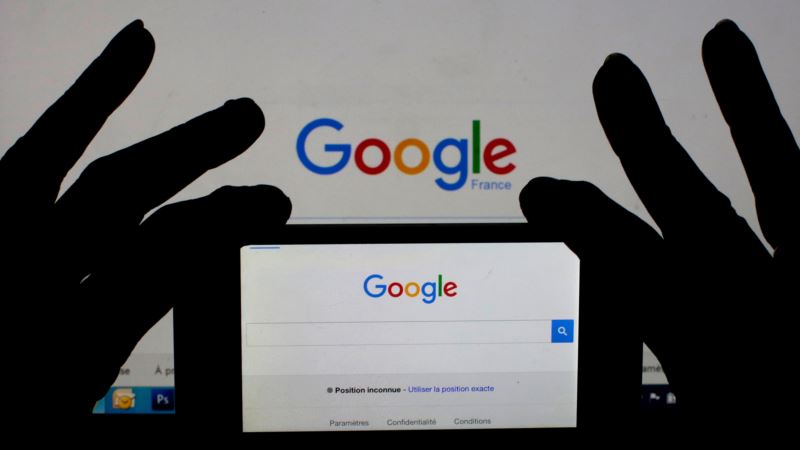It seems paradoxical and a little more than ironic to shell out $5,000 for a handbag that purports to save you from impulse spending, but perhaps the designers of the iBag2 were considering the fashion accessory as an investment piece. The technologically enhanced handbag is the second iteration of a previous concept bag, the iBag1, which flashed warning lights and sent SMS alerts whenever users removed their wallet. Executives at personal finance website Finder.com collaborated with engineers at Dublin-based Colmac Robotics and New York fashion designer Geova Rodriguez to design the iBag2. This time around, the creators decided to take fiscal responsibility a step further by creating a handbag that physically locks itself, preventing owners from indulging in purchases they might later regret. The new and improved version includes a built-in GPS that recognizes when the bag has entered a designated “danger spending zone.” A vibrating shoulder strap then warns users, while interior LED lights flash to signal the impending activation of the self-locking mechanism. Beneath the inside top edges of the bag, steel bars run opposite each other with round electromagnets attached at opposite ends. When the magnets are activated, each one adheres to the steel bar opposite it. The bag remains locked until users leave the designated spending zone. An included RFID card is meant to be placed in your wallet, and it works with the built-in RFID reader to recognize when and how often your wallet is taken in and out of the iBag2. Finder.com co-founder Fred Schebesta says the iBag2 is a way to call attention to the issue of consumer debt. “Anything we can do in order to make people aware about credit card debt and impulse spending, we think is really important . . . and what we’re all about.” In May, the website commissioned a Pureprofile survey of 6,838 American adults that determined 64 percent of Americans make unplanned purchases with their credit cards each month. Another survey commissioned in January by the American Institute of CPAs (AICPA) and the Ad Council found that millennials ranked saving money as their number one goal for 2016, with one in three millennials citing it as such. Despite this, 65 percent faulted impulse buying for their lack of savings. Schebesta described the “weaker” moments when the iBag2 could potentially thwart users from spending more than they should, “. . . during the middle of the night, when you might buy that extra round of drinks or you might go to that fancy restaurant. Or at your lunchtime break, when you need those special shops that you can’t help.” Ultimately, the handbag is an advertisement for Finder.com, a website that originated in Australia and launched in the United States last September. The site compares consumer financial products such as credit cards and travel insurance from partner companies. The eyebrow raising price tag of the iBag2 inevitably will put most consumers off from purchasing one, in which case, a far more economical method for tackling those impulse spending urges may lie with certified financial planner Carl Richards. In a recent article for the New York Times, the contributing writer recommends this simple tactic before buying: wait 72 hours.
Self-Locking Handbag Curbs Impulse Spending … For a Price





